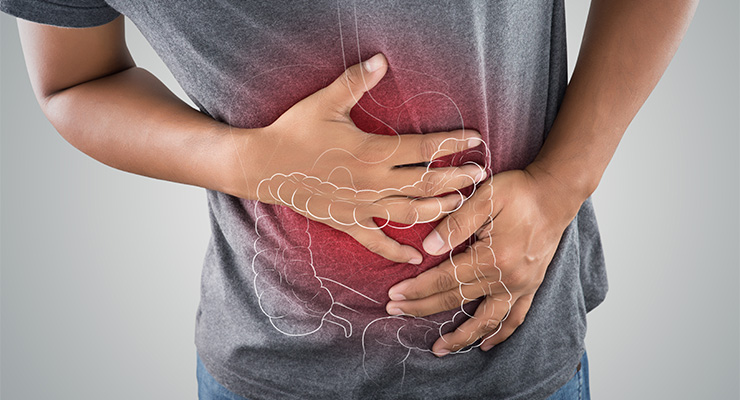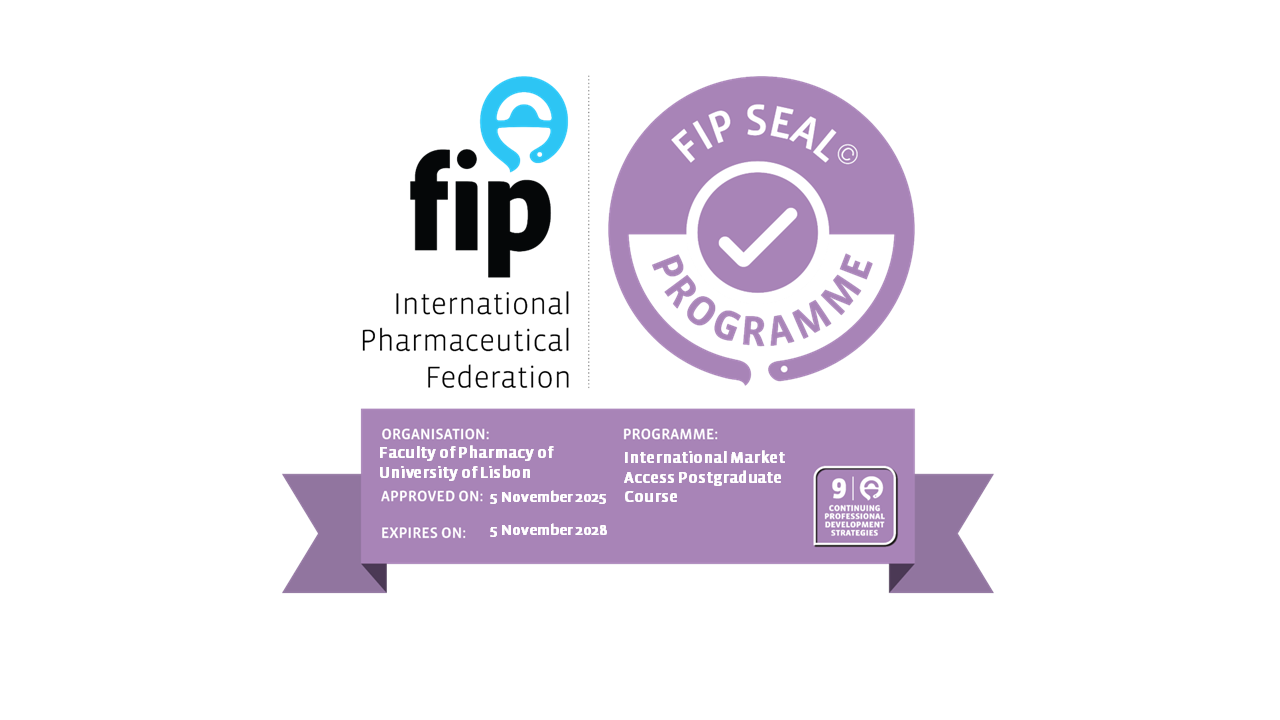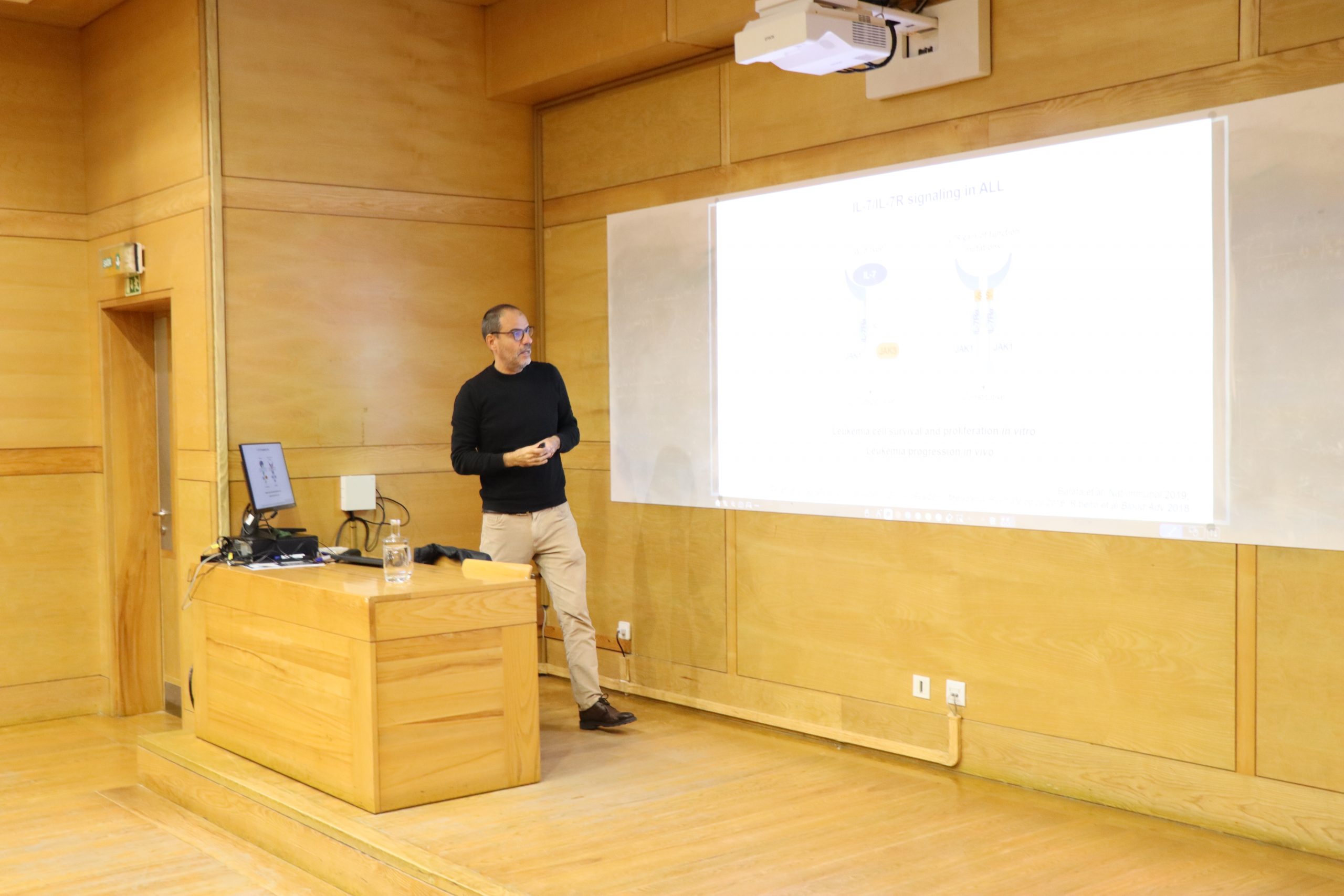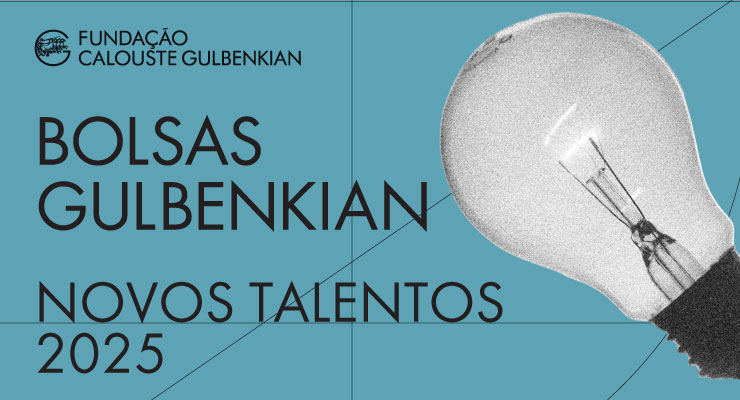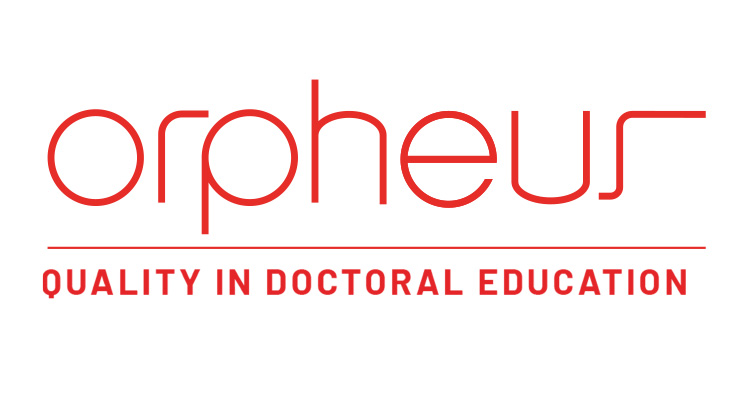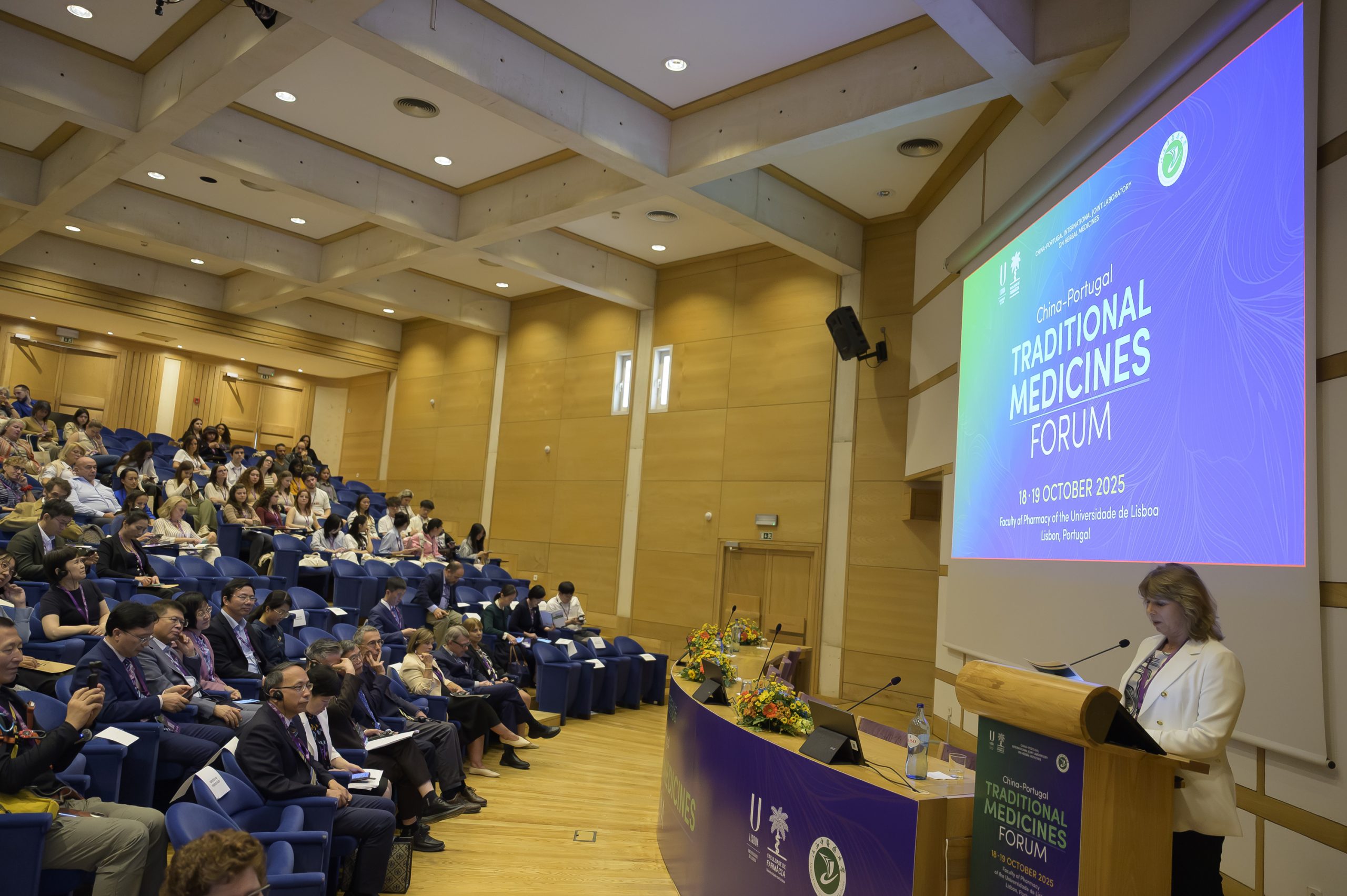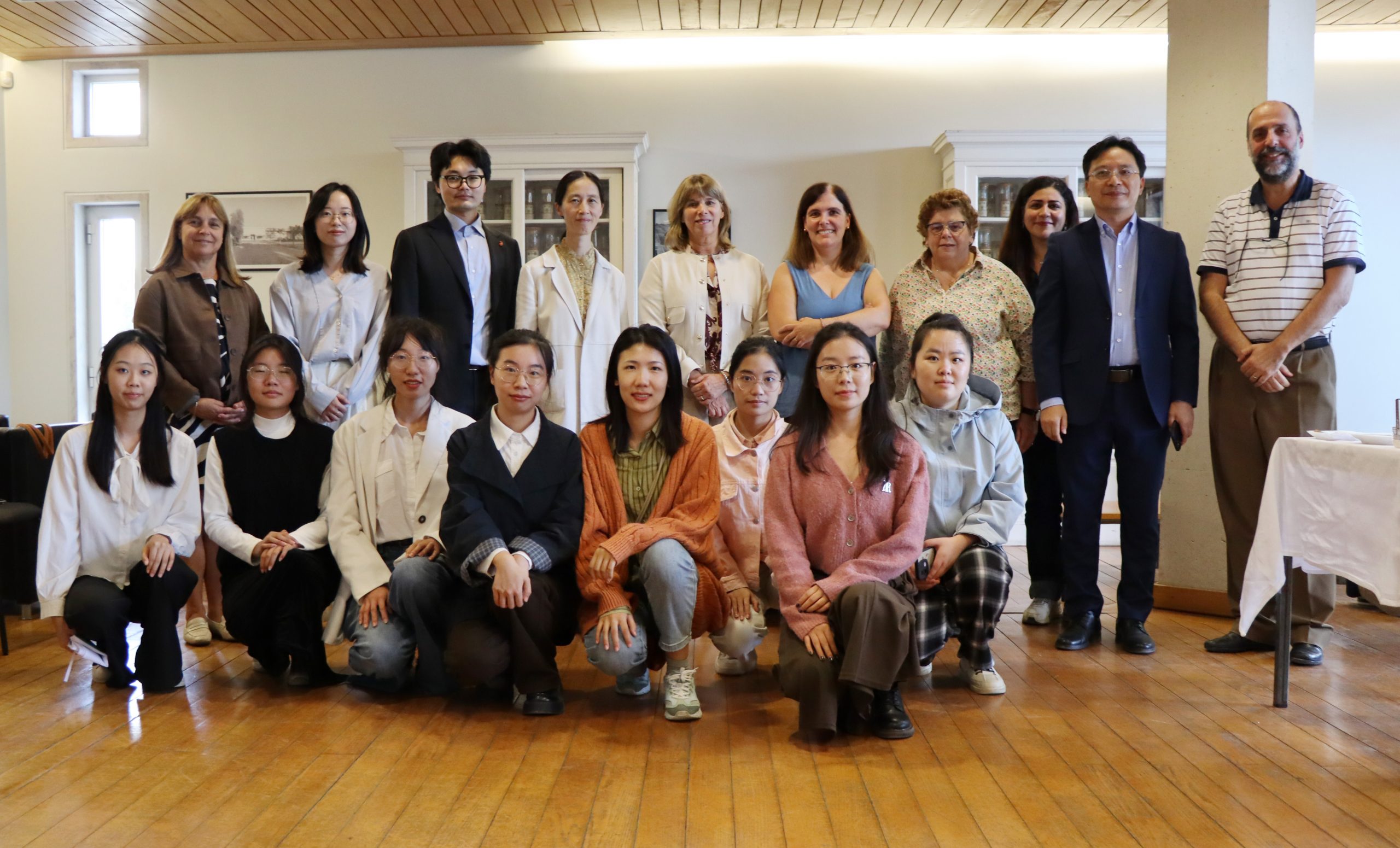A new study led by André A. Santos, a researcher at iMed.ULisboa – Research Institute for medicines, from Cecília M. P. Rodrigues‘ research group, has provided new insights into the relationship between two frequently coexisting chronic diseases: Primary Sclerosing Cholangitis (PSC) — a rare liver disease — and Inflammatory Bowel Disease (IBD).
The research, conducted in collaboration with gastroenterologist Joana Torres (Beatriz Ângelo Hospital, Hospital da Luz, and Faculty of Medicine, Universidade de Lisboa), involved the analysis of blood and colon tissue samples from individuals with PSC-IBD, isolated IBD, and healthy volunteers.
The researchers found that patients with PSC exhibit a unique type of intestinal inflammation, distinct from that observed in cases of isolated IBD. This difference may be related to changes in bile acids — substances produced in the liver, essential for fat digestion and communication between the liver and intestine. These changes are particularly detected in a bile acid called glycochenodeoxycholic acid, found at increased levels in the blood of patients with PSC-IBD, which appears to alter the immune system’s response, triggering a distinct inflammatory activation. This alteration may help explain the atypical behavior of intestinal inflammation in these patients, who have a higher probability of developing intestinal cancer, possibly due to the altered immune response caused by excess bile acid production.
This finding is significant as PSC “presents a unique type of inflammation, possibly caused by the presence of bile acids in the blood, which alters the immune system’s differentiation capacity. This change helps explain why intestinal inflammation in PSC behaves differently from isolated IBD,” says André A. Santos.
This study represents another step towards understanding each of these diseases, both individually and in scenarios where the patient presents both pathologies simultaneously, which occurs in 80% of cases.
The article was published in the journal Clinical Science and can be accessed at: https://doi.org/10.1042/CS20256078.

